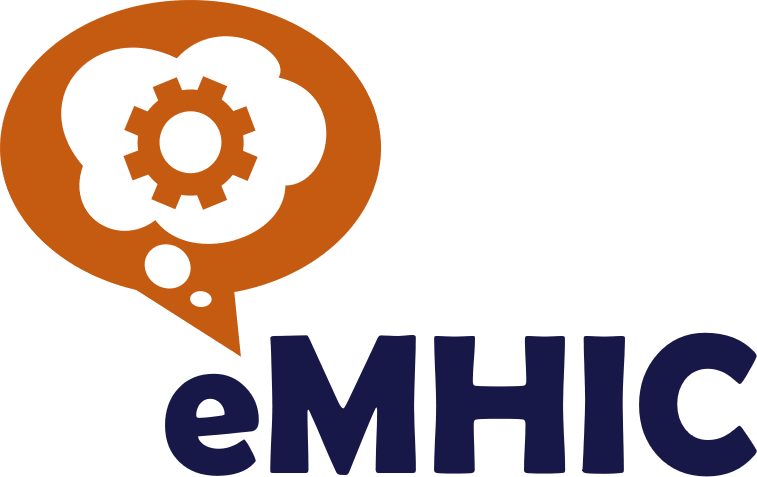Despite considerable advances in awareness and understanding of mental health, negative or offensive perceptions of those experiencing mental illness are still common.
Mental health stigma leads to discrimination and exclusion from things that the rest of society takes for granted. It disproportionately affects those living with complex or severe mental illness, often impacting both the individual as well as their family and carers.
It can also reinforce shame and self-stigma, reducing the likelihood of seeking help and potentially impacting recovery and quality of life.
Many say living surrounded by stigma can be harder than dealing with the mental health condition itself, so it’s critical that we acknowledge and address it.
The media magnifies stigma
Mass media plays a huge role in guiding societal attitudes and behaviours, so it makes sense that it’s a significant driver of public stigma.
Media portrayal of harmful or inaccurate stereotypes and reinforcing negative attitudes and behaviours have all been shown to magnify stigma. Conversely, research shows that mass media can be a powerful tool for good with coverage of positive recovery stories shown to significantly counteract stigma and misunderstanding.
The evidence of media influence is so strong that the recent global Lancet Commission review into mental health stigma recommended it be mandatory for media organisations to actively address stigmatising content and develop publicly available plans for promoting mental health.
The good news is that there are advocacy programs such as StigmaWatch in Australia which actively work with the media to ensure the media report accurately and responsibly on mental health.
SANE StigmaWatch
SANE StigmaWatch was established in 1997 as one of the first programs in the world to address public stigma in the media. Today, it is still the only program globally that works directly with media professionals to actively reduce stigmatising content.
Stigmawatch assesses media content in line with the evidence-based Mindframe Guidelines, developed by Australian research organisation Everymind.
Working in close partnership with Mindframe, research experts and the lived experience community, Stigmawatch facilitates stigma reduction by monitoring media output, identifying harmful or stigmatising portrayals, then reaching out to journalists to suggest modifications.
A large and passionate ‘StigmaWatcher’ community monitor their local media outlets and publicly accessible digital and social media channels, reporting stigmatising content to SANE as well as voicing their own concerns to the outlets in question.
In this way, StigmaWatch acts as a bridge between the media and the community, giving those living with mental ill health the opportunity to have their voices heard and facilitating positive media engagement with lived experience via the SANE Peer Ambassador program.
Recent research by the University of Melbourne evaluated StigmaWatch over the last five years and shows that the program is effective and reduces harm.
In total, 1300 pieces of coverage were reported to StigmaWatch over the research period. Most commonly reported was content containing distressing or harmful reference to suicide of self-harm, such as explicit mention of means or location.
Also commonly reported was content containing inaccurate portrayal of those living with less understood illnesses like schizophrenia, including use of stigmatising language or the incorrect association of mental illness with a violent act.
During this period, the StigmaWatch team reached out to more than 450 journalists who wrote articles in breach of the Mindframe guidelines. Almost half (45%) were then amended to adhere to reduce stigmatising content and better adhere to the Mindframe Guidelines.
The positive responses received from journalists and other media professionals reinforces the value of the program and demonstrates the need for this kind of mental health education and support.
Looking ahead for StigmaWatch
From the evaluation the StigmaWatch program has plans on how to build on its existing impact and grow the program into the future. StigmaWatch really is a group effort and the program relies on the eyes and ears of our ‘StigmaWatcher’ community who monitor their local media and report poor coverage as it occurs.
There are currently 5500 StigmaWatchers and the program is keen to ensure its community are well versed on what is deemed breaching content. The team are committed to educating existing and new community members who are keen to understand the Mindframe National guidelines.
Part of this includes providing more examples to the community of positive media portrayals that align with the guidelines as it is important the program also highlights the positive effect responsible reporting can have.
StigmaWatch also coordinates stigma education events for the public and related sectors such as media. With new funding through a partnership with Mindframe and Everymind the program is keen to continue and grow its involvement in this space.
Learn more about StigmaWatch at https://www.sane.org/get-involved/advocacy/stigmawatch





